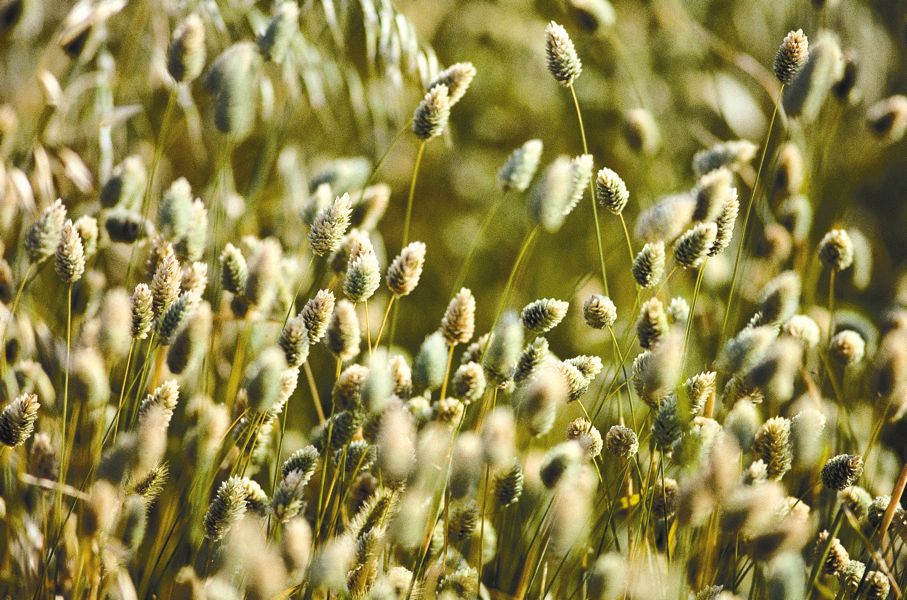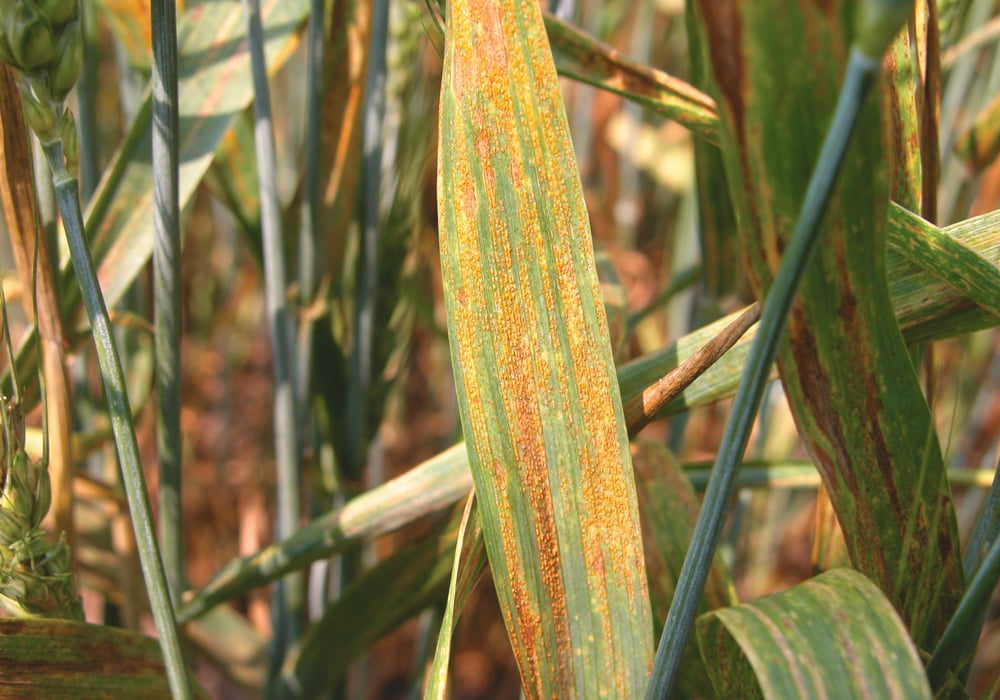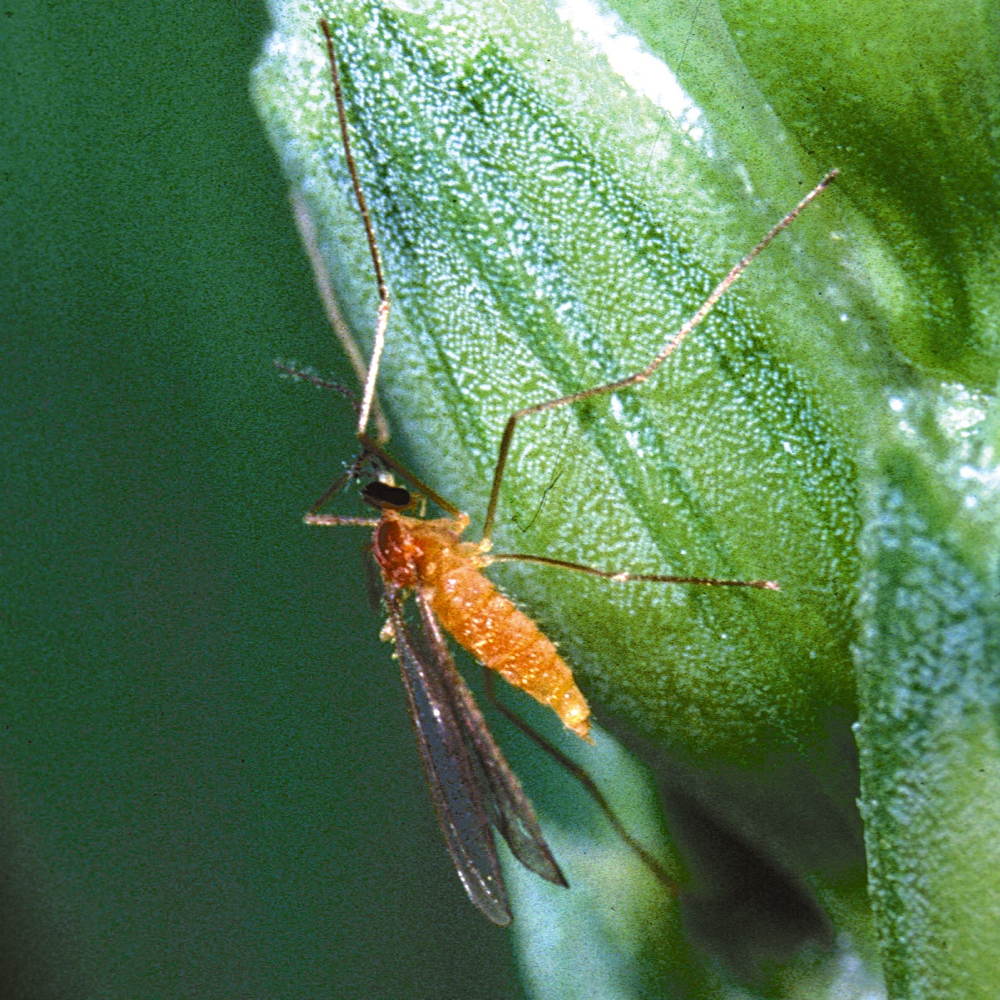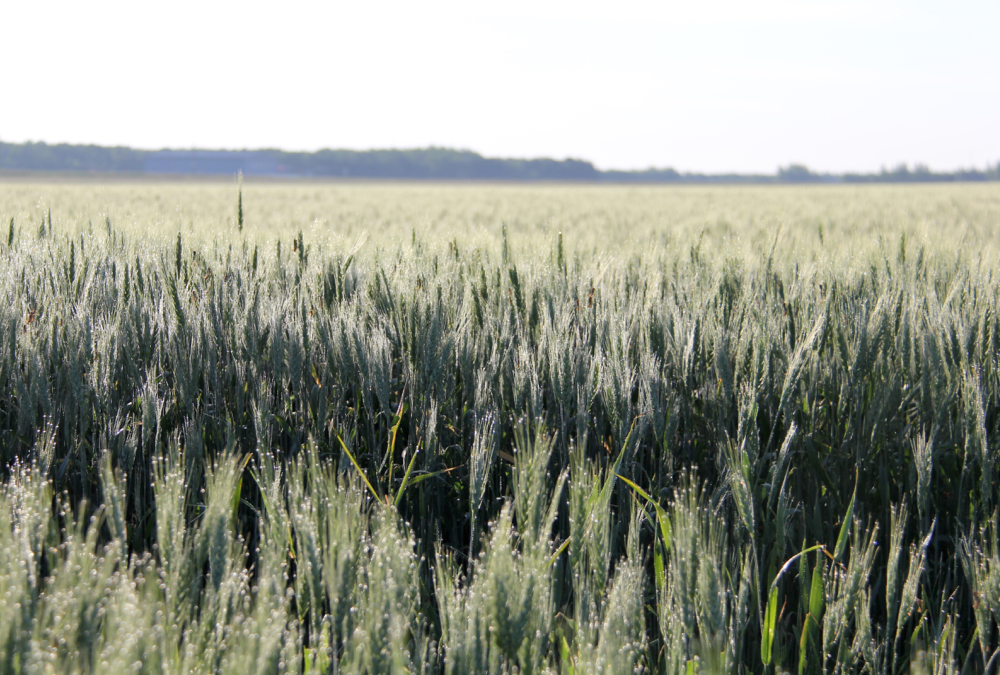Did you know that Canada is the world’s largest supplier of canary seed?
“Canada accounts for 75 per cent of the world trade in canary seed, with exports worth $50 to $90 million annually,” says Pierre Hucl, a professor in the department of plant sciences and crop development centre at at the University of Saskatchewan. Not bad for a crop that’s grown on roughly 400,000 acres, mostly in Saskatchewan.
Currently, canary seed has one end use, mixed birdseed, which is a fairly finite market. That could be about to change, and Hucl’s WGRF-funded research will play a key role in helping Canada meet new market demands.
Read Also

Agronomists share tips for evaluating new crop products and tech: Pt. 3
With new products, new production practices and new technology converging on the agriculture industry at a frenetic pace in recent…
Efforts to get canary seed accepted for human consumption are well underway, and the market potential could be enormous. In fact, applications have already been submitted to Health Canada for novel food use, and to the U.S. Food and Drug Administration for GRAS (Generally Recognized as Safe) status. Both are expected to come through, maybe even this year.
The problem at the producer end is that canary seed is an unpredictable crop. “Canary seed yields are lower than those of other spring cereals,” says Hucl, adding they are 50 per cent to 60 per cent less, on average, than CWRS wheat. “As well, yields are highly variable. In fact, they can vary 20-fold from year to year at the same site, and roughly 10-fold from site to site in the same year.”
Why this happens is something of a mystery, and Hucl is pursuing a few of lines of inquiry to find some answers. “If canary seed becomes eligible for human consumption, stable production will be required,” he says.
While new markets are exciting, the need to stabilize canary seed yields is important for growers meeting existing demand now. “The highly variable yields make input management difficult,” says Hucl. “With increasing input costs, understanding the underlying causes of yield instability and, if possible, reducing the huge swings in yield variability will be worthwhile, regardless of where it’s marketed.”
To this end, Hucl has two major lines of inquiry that are receiving funding from the Western Grains Research Foundation. The first is trying to find out if canary seed has a vernalization response, and the second encompasses a number of other aspects of canary seed production such as disease control and cultivar development.
- From the Grainews website: Nitrogen application in canary seed
The concept of vernalization is not new to winter wheat growers. At its most basic, it means a plant requires some exposure to cold temperatures in order to grow and mature properly. If you planted winter wheat seed in the spring, for example, it wouldn’t produce a crop.
“There is virtually no published information on this topic,” says Hucl. But research conducted a decade ago by Agriculture and Agri-Food Canada (AAFC) at Swift Current compared canary seed, barley and CWRS wheat and revealed that delayed seeding (end of May) resulted in delayed canary-seed maturity, compared to wheat and barley. It was the merest hint that early seeding into cooler soils just might help improve yields.
“In our study, we’re evaluating a series of canary seed lines for vernalization response,” Hucl says. The research will be conducted in controlled environment chambers, and wheat and oat cultivars will be included as controls.
Seeds are imbibed at a low temperature (in this case, 7 C) and the plants are grown in different temperatures and day lengths to see how they develop and mature. Plant leaves are numbered and, at flag emergence, the final leaf number (FLN) on the main tiller is recorded. “Vernalization is complete when an additional cold treatment fails to cause further reduction of FLN,” says Hucl. “And vernal saturation is established by determining when the lowest FLN is reached.
“We want to establish benchmark information for the growth and phenology of canary seed,” says Hucl, explaining that knowing more about how canary seed grows is key to figuring out better in-crop management strategies as well as optimal seeding dates.
In other words, knowing how seeding date influences phenomena like the number of leaves that occur on the main stem, how much time passes between each leaf’s appearance as well as days to heading, can help researchers get a better handle on what growers need to do to achieve stable, and potentially higher, yields.
“Under average conditions, canary seed tends to have a low harvest index,” Hucl says. This is the ratio of grain to total dry matter, and when it’s low, it’s an indication that too much energy is going into non-productive parts of the plant. Hucl points to how wheat yields were improved with the introduction of shorter straw, or semi-dwarf, cultivars and he’s looking to achieve similar results with canary seed.
Project co-investigators, Randy Kutcher, associate professor at U of S, and Bill May, crop management agronomist with AAFC in Swift Current, are also looking to assess the impact of septoria leaf mottle, a disease that has been found to contribute to yield variability. And Ravi Chibbar, fellow U of S professor and Canada research chair in crop quality, has his lab focusing on the development of new molecular markers to be used in future canary seed breeding efforts.
Western Grains Research Foundation (WGRF) is a farmer-funded and -directed non-profit organization investing primarily in wheat and barley variety development for the benefit of western Canadian producers. Through investments of more than $57 million, WGRF has assisted in the development and release of more than 100 new wheat and barley varieties over the past decade and a half, many of which are today seeded to large portions of the cropland in Western Canada. WGRF also invests in research on other western Canadian crops through the endowment fund. In fact, since 1981 the WGRF endowment fund has supported a wealth of innovation across Western Canada, providing over $26 million in funding for over 230 diverse research projects.















